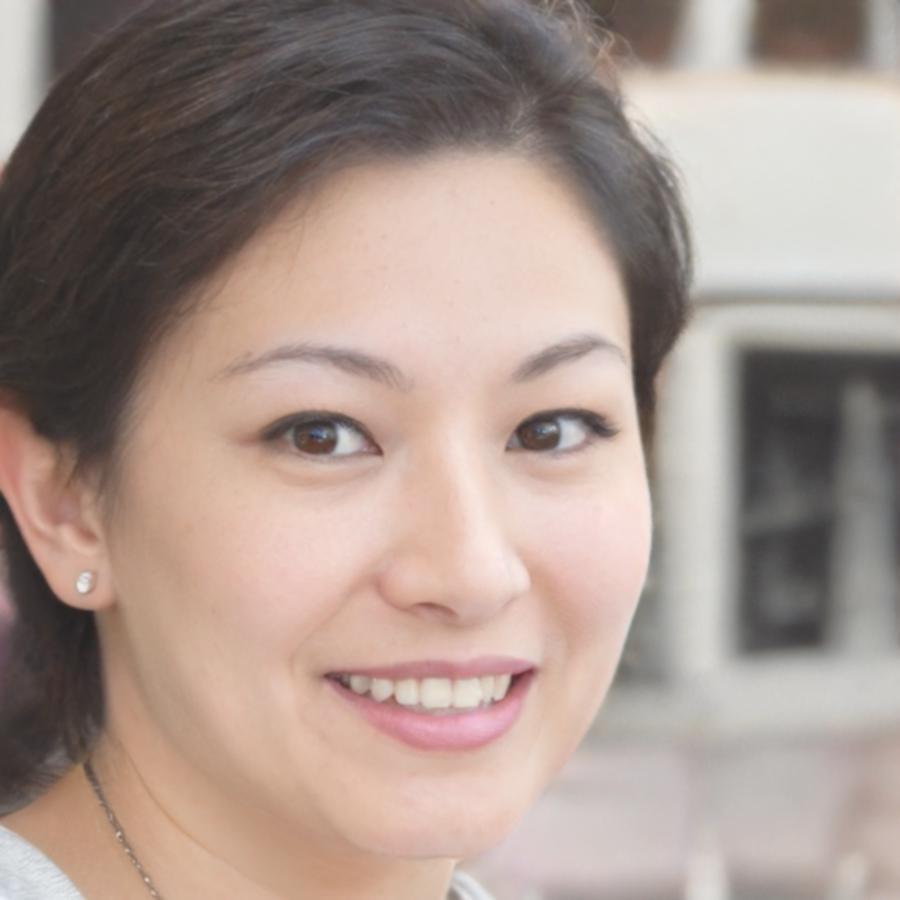Building Game Worlds That Actually Move Like Reality
Most game physics courses teach you formulas. We teach you to feel how objects should behave when they collide, tumble, and break. Our autumn 2025 programme focuses on understanding force, momentum, and material properties through hands-on 3D experiments.
View Programme DetailsCore Disciplines
What You'll Actually Learn
Collision Response Systems
Start with sphere-on-sphere impacts and work up to complex mesh collisions. You'll write solvers that handle bouncing, sliding, and friction in ways that look right to players.
Rigid Body Dynamics
Objects in games aren't just sprites with hitboxes. Learn how centre of mass, angular velocity, and torque create believable tumbling crates and toppling towers.
Constraint Solving
Chains, hinges, motors, springs. We'll build joint systems from scratch so you understand why rope bridges swing and why ragdolls sometimes go mental.
Material Properties
Wood doesn't shatter like glass. Metal doesn't bend like rubber. Model material behaviour so destruction effects match player expectations instead of looking like particle spam.
Soft Body Simulation
Cloth, jelly, deformable terrain. These require different maths than rigid bodies. You'll implement spring-mass systems and position-based dynamics for squishy stuff.
Performance Optimisation
Physics eats CPU fast. Learn spatial partitioning, sleeping objects, and when to fake it. Real games need sixty frames per second more than they need perfect accuracy.
Programme Structure
How We Build Your Skills
Foundation Phase (Weeks 1-8)
+Core Systems Development (Weeks 9-20)
+Advanced Topics (Weeks 21-32)
+Portfolio Project (Weeks 33-40)
+Learning Journey
Your Development Path
Enrolment Opens
Applications accepted from June 2025. We cap cohorts at eighteen to keep feedback personal.
Induction Week
September 2025 start. Set up dev environments, meet cohort, first physics challenge within three days.
Core Studies
Six months of structured learning with weekly projects. Expect to spend twenty hours per week on practical work.
Portfolio Phase
Final ten weeks building showcase work. Previous cohort projects have landed interviews at simulation and VFX studios.
Learning Environment
Our Stoke-on-Trent studio has twelve workstations with proper GPUs for real-time simulation. But most work happens remotely. Discord for daily questions, fortnightly code reviews over video call, and a Git workflow that mirrors industry practice.
Instructor Eilidh Gough previously worked on vehicle physics for racing sims. She's big on understanding why algorithms work rather than just copying implementations. Office hours twice weekly, longer if your collision solver is misbehaving.
About Our TeamPractical Outcomes
Skills You'll Have
Engine Integration
Connect custom physics systems to game engines through plugin architectures. Understand when to use built-in solvers versus rolling your own.
Performance Profiling
Use timing tools to identify bottlenecks. Optimise tight loops without breaking correctness. Ship physics that doesn't crater frame rates on mid-range hardware.
Technical Documentation
Write clear explanations of your systems for other developers. Comment code properly. Maintain wikis that don't go stale three months after launch.
Debugging Strategies
Physics bugs are subtle. Objects drifting, energy not conserving, rare edge cases causing explosions. Learn systematic approaches to isolating and fixing these issues.
Student Work
What Past Cohorts Built

Fracture System Project
Pre-computed Voronoi patterns with runtime stress calculation. Buildings crack at load-bearing points first. Took six weeks to get debris collision working without tanking performance.

Soft Constraint Networks
Chain links using distance constraints and position-based dynamics. The swaying feels natural because it accounts for wind force and weight distribution properly.

Ragdoll Implementation
Full body rig with angular limits on joints and blend transition from animation. Harder than it looks because limbs need to not intersect while staying responsive to impacts.

Eilidh Gough, Lead Instructor
Spent nine years doing vehicle handling for racing games before teaching. Got tired of seeing graduates who could recite equations but couldn't tune a suspension that felt good. This programme fixes that gap.